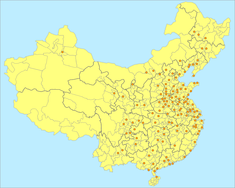
Every 1M+ Chinese City #4
Last updated: Friday March 24th, 2023
Report this blog
In this blog, I will go through 18 cities in Henan (River South) and Hubei (Lake North) provinces in Central China.
Anyang
Name
Simplified Chinese: 安阳
Traditional Chinese: 安陽
Pronunciation
Mandarin pinyin: ān yáng
Cantonese jyutping: on1 joeng4
Population
citypopulation.de: 1,860,000
census 2020 (metro): 1,398,867
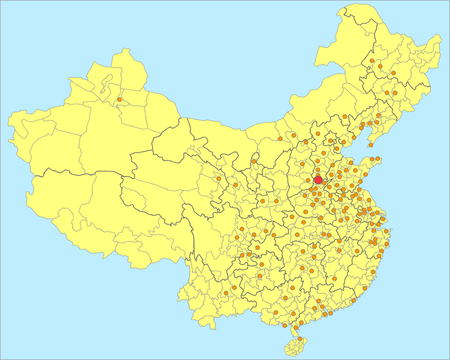
Puyang
Name
Simplified Chinese: 濮阳
Traditional Chinese: 濮陽
Pronunciation
Mandarin pinyin: pú yáng
Cantonese jyutping: buk6 joeng4
Population
citypopulation.de: 1,600,000
census 2020 (metro): 963,512
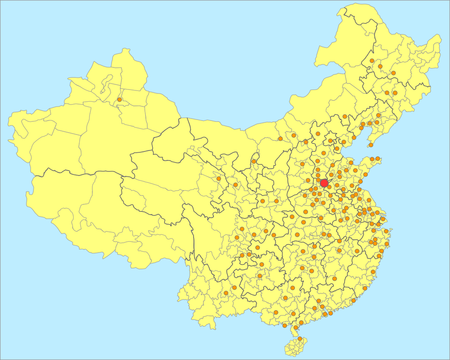
Puyang is another petrol-chemical city where its economy revolves around oil and natural gas. Other than that, it is a rather obscure city that not many people have heard of.

Jiaozuo
Name
Simplified Chinese: 焦作
Traditional Chinese: 焦作
Pronunciation
Mandarin pinyin: jiāo zuò
Cantonese jyutping: ziu1 zok3
Population
citypopulation.de: 1,570,000
census 2020 (metro): 1,085,474
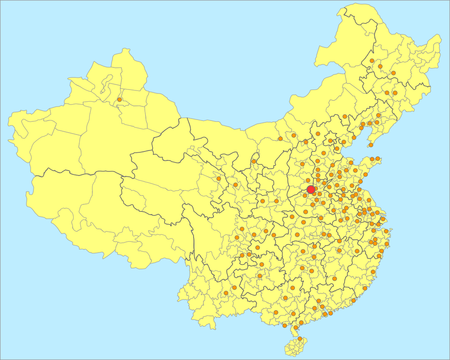
Xinxiang
Name
Simplified Chinese: 新乡
Traditional Chinese: 新鄉
Pronunciation
Mandarin pinyin: xīn xiāng
Cantonese jyutping: san1 hoeng1
Population
citypopulation.de: 2,525,000
census 2020 (metro): 1,374,414
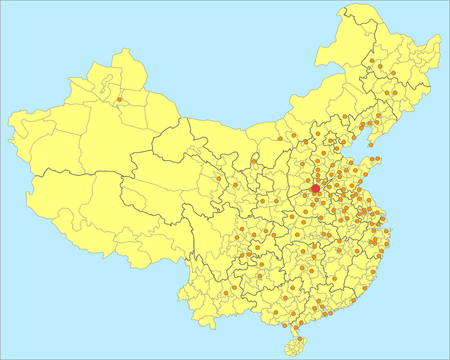
Xinxiang, literally "new village", used to be the capital of the short-lived Pinyuan province. It is another typical industrial city that is not well known.
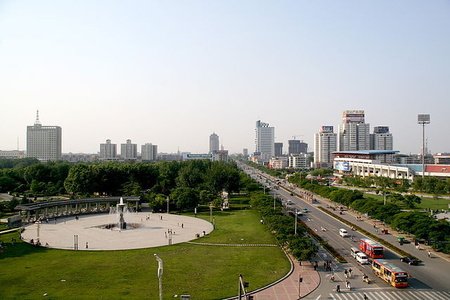
Luoyang
Name
Simplified Chinese: 洛阳
Traditional Chinese: 洛陽
Pronunciation
Mandarin pinyin: luò yáng
Cantonese jyutping: lok3 joeng4
Population
citypopulation.de: 3,450,000
census 2020 (metro): 3,512,947
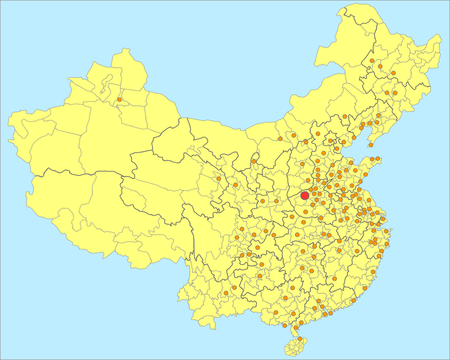
Luoyang was the longest serving capital in Chinese history and the cradle of Chinese civilisation. Unfortunately, after thousand years of wars and destructions, there are no palaces left here. The two main attractions here are the UNESCO listed Longmen Grottoes, and the White Horse Temple, the first Buddhist temple in China since 68 AD.
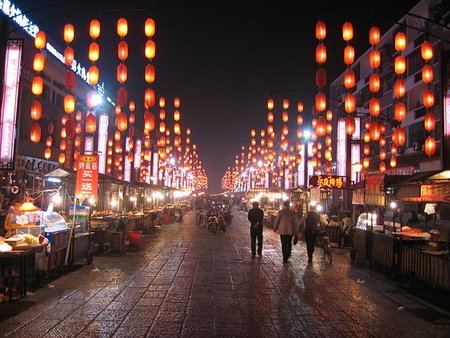
Zhengzhou
Name
Simplified Chinese: 郑州
Traditional Chinese: 鄭州
Pronunciation
Mandarin pinyin: zhèng zhōu
Cantonese jyutping: zeng6 zau1
Population
citypopulation.de: 9,450,000
census 2020 (metro): 5,015,887
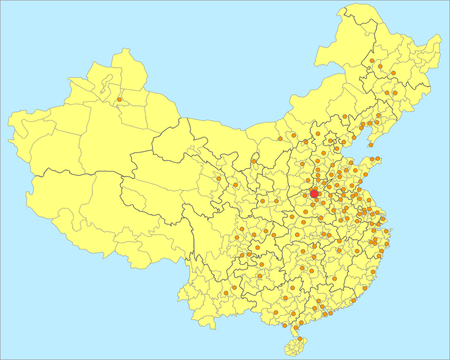
Zhengzhou is a major transportation hub where the north-south Beijing-Guangzhou line and the east-west Lianyungang-Lanzhou line meet. In addition, as a more centrally located city compared to Kaifeng, the Communist government decided to move the provincial capital here in the 1950s. Since then it has grown to become the largest city in Henan. Nowadays, it is widely known for its Foxconn iPhone factory (Designed in California, assembled in Zhengzhou).
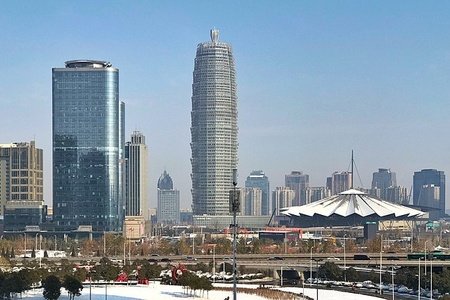
Kaifeng
Name
Simplified Chinese: 开封
Traditional Chinese: 開封
Pronunciation
Mandarin pinyin: kāi fēng
Cantonese jyutping: hoi1 fung1
Population
citypopulation.de: 1,270,000
census 2020 (metro): 1,735,581

Kaifeng is known for being the capital of the Northern Song dynasty between the 10th-12th century. As the country's political and economical centre started to move eastward from Xi'an and Luoyang, at the time it was the largest and richest city in the world. It was depicted in the famous painting Along the River During the Qingming Festival, based on which a new theme park was built.
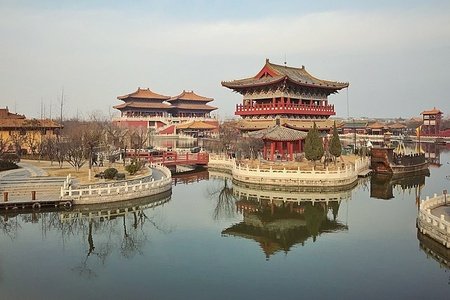
Shangqiu
Name
Simplified Chinese: 商丘
Traditional Chinese: 商丘
Pronunciation
Mandarin pinyin: shāng qiū
Cantonese jyutping: soeng1 jau1
Population
citypopulation.de: 1,600,000
census 2020 (metro): 2,831,814
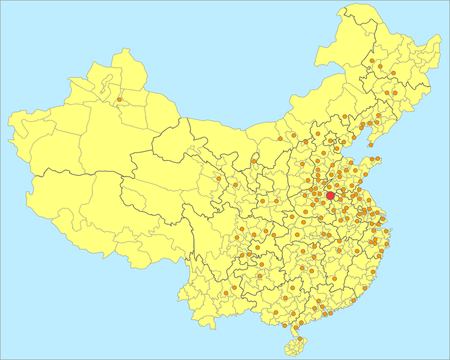
Shangqiu, literally "commercial hill", has a long history that can be dated back to circa 25th century BC. It was where the ancestor of the ancient Shang dynasty came from.
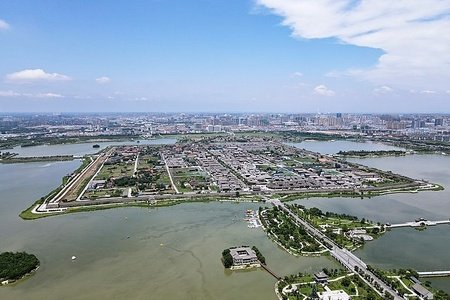
Pingdingshan
Name
Simplified Chinese: 平顶山
Traditional Chinese: 平頂山
Pronunciation
Mandarin pinyin: píng dǐng shān
Cantonese jyutping: ping4 deng2 saan1
Population
citypopulation.de: 1,980,000
census 2020 (metro): 1,180,340
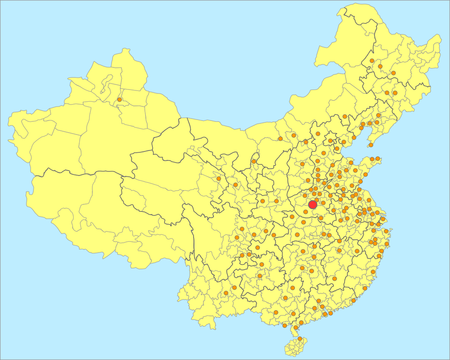
Pingdingshan, literally the "flat top mountain", is a coal mining city being transformed into a tourism area with attractions in its nearby mountains, hot springs, temples and lakes.
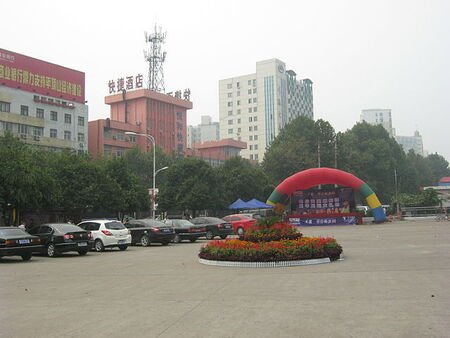
Xuchang
Name
Simplified Chinese: 许昌
Traditional Chinese: 許昌
Pronunciation
Mandarin pinyin: xŭ chāng
Cantonese jyutping: heoi2 coeng1
Population
citypopulation.de: 1,320,000
census 2020 (metro): 1,337,940

Xuchang is famous for being Cao Cao's base where he held the last emperor of Han hostage in the 2nd century. Today, people associate this city and its attractions with the Three Kingdoms Period.
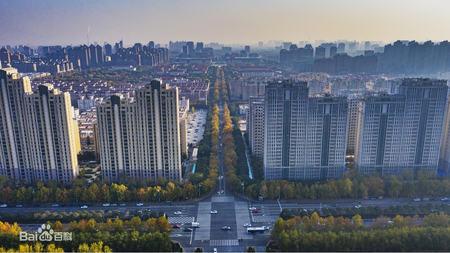
Zhoukou
Name
Simplified Chinese: 周口
Traditional Chinese: 周口
Pronunciation
Mandarin pinyin: zhōu kŏu
Cantonese jyutping: zau1 hau2
Population
citypopulation.de: 1,010,000
census 2020 (metro): 1,720,663
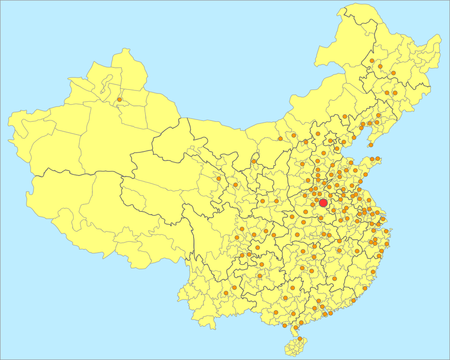
Zhoukou is another ancient city dating back to pre-historical time. It was one of the worst affected cities by the 1938 Yellow River flood when the Nationalist Army broke the dykes in an attempt to halt the advancing Japanese troop.
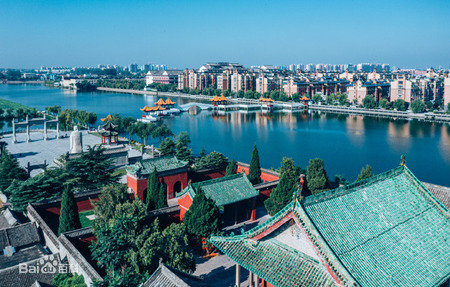
Nanyang
Name
Simplified Chinese: 南阳
Traditional Chinese: 南陽
Pronunciation
Mandarin pinyin: nán yáng
Cantonese jyutping: naam4 joeng4
Population
citypopulation.de: 1,550,000
census 2020 (metro): 2,085,680
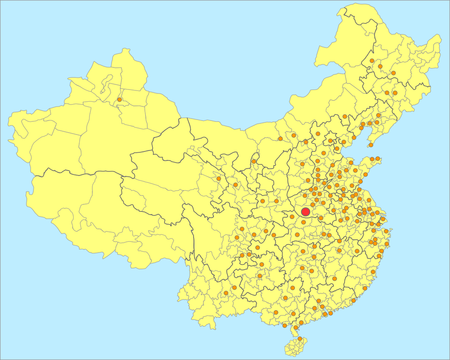
Nanyang is known as the start of the South-North Water Transfer Project, which transfers fresh water via aqueduct to the draught-stricken north (Beijing and Tianjin).
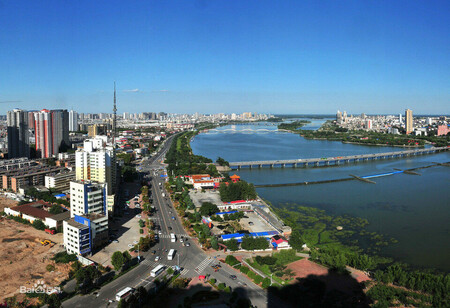
Xinyang
Name
Simplified Chinese: 信阳
Traditional Chinese: 信陽
Pronunciation
Mandarin pinyin: xìn yáng
Cantonese jyutping: seon3 joeng4
Population
citypopulation.de: 1,130,000
census 2020 (metro): 1,515,750
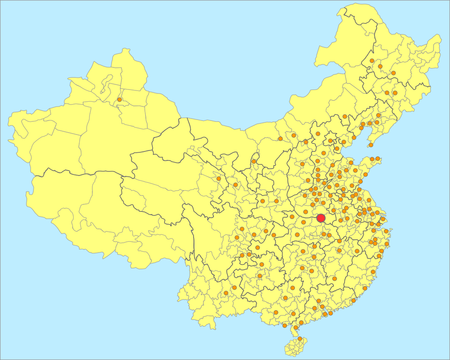
Xinyang is in southern Henan province just north of Wuhan. It was where a million peasants starved to death during the Great Leap Forward in 1959-60. Today, with this part of history buried, people would only relate the city to its famous Xinyang Maojian tea.
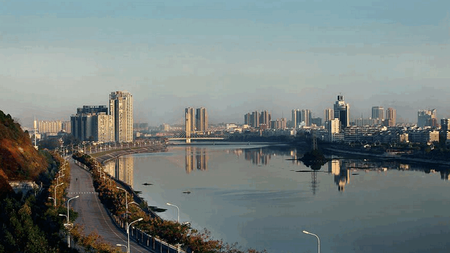
Shiyan
Name
Simplified Chinese: 十堰
Traditional Chinese: 十堰
Pronunciation
Mandarin pinyin: shí yàn
Cantonese jyutping: sap6 jin2
Population
citypopulation.de: 1,010,000
census 2020 (metro): 1,428,629
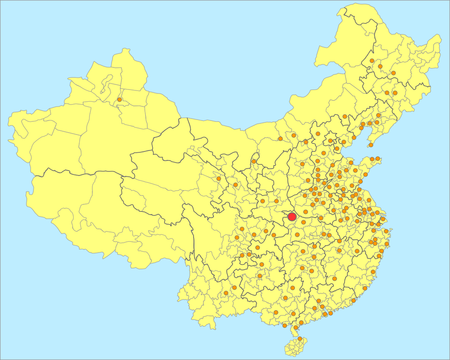
Shiyan, literally "ten weirs", was turned from a small village into a city in the 1960s when the Communist Party looked for a remote base to build the Second Automobile Works (which later became Dongfeng Motor) out of fear of possible enemy attacks. The city location is protected by the nearby Wudang Mountains, which in itself is an UNESCO listed site renowned for the Taoist temples and martial arts (a rival to the Buddhist Shaolin Temple).
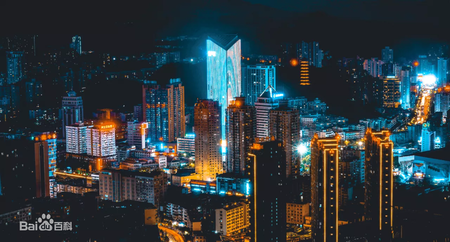
Xiangyang
Name
Simplified Chinese: 襄阳
Traditional Chinese: 襄陽
Pronunciation
Mandarin pinyin: xiāng yáng
Cantonese jyutping: soeng1 joeng4
Population
citypopulation.de: 1,750,000
census 2020 (metro): 2,319,611
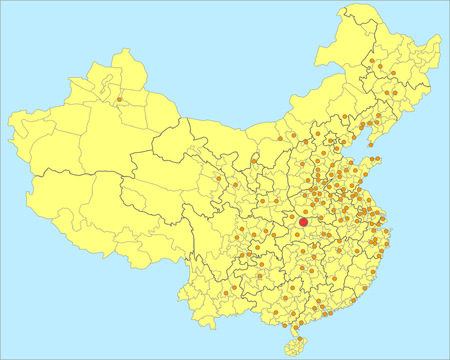
Xiangyang, located on the bank of Han River upstream from Wuhan, was a military stronghold in Chinese history, defending the south from the northern invasions. The most famous battle was the Siege of Xiangyang by the Mongols in the 13th century, which was fictionalised in the popular novel The Return of the Condor Heroes by the legendary author Louis Cha. The city put up bronze statues of the protagonists from the novel despite opposition, although supporters pointed out the similarity to the Little Mermaid statue in Copenhagen.
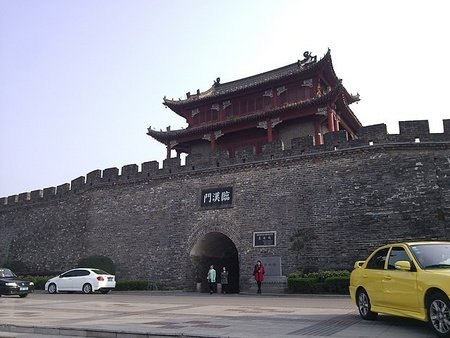
Yichang
Name
Simplified Chinese: 宜昌
Traditional Chinese: 宜昌
Pronunciation
Mandarin pinyin: yí chāng
Cantonese jyutping: ji4 coeng1
Population
citypopulation.de: 1,340,000
census 2020 (metro): 1,604,740
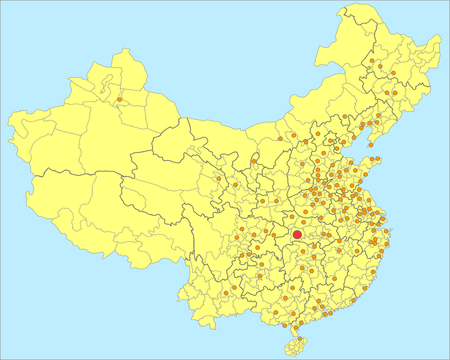
Yichang is famous for the Three Gorges Dam, the largest power station in the world (generates 20 times more power than the Hoover Dam), around 40 km upstream. The Yangtze River Cruise travels between Chongqing and Yichang passing through the gigantic dam.
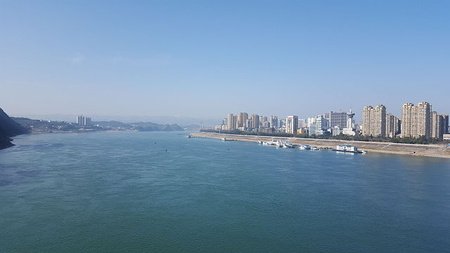
Wuhan
Name
Simplified Chinese: 武汉
Traditional Chinese: 武漢
Pronunciation
Mandarin pinyin: wŭ hàn
Cantonese jyutping: mou5 hon3
Population
citypopulation.de: 11,800,000
census 2020 (metro): 12,326,518
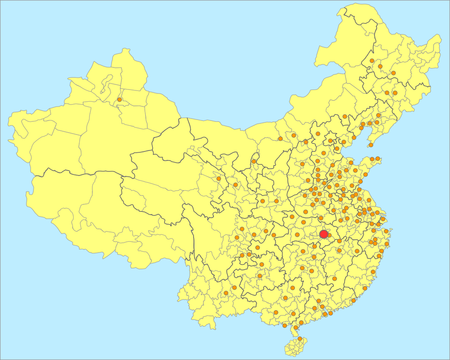
Wuhan, the capital of Hubei, is the largest and most important city in Central China, and sometimes referred to as the "Chicago of the East". It was formed from the conglomeration of Wuchang, Hankou and Hanyang, three cities located at the confluence of Han River and Yangtze River. Wuchang was the location of the Wuchang Uprising in 1911, which sparked the Chinese Revolution that ended over 2000 years of dynastic rules. However, Wuhan is now mostly known for the origin outbreak of Covid-19 (which was originally called the Wuhan pneumonia), and was the first city in the world that experienced a lock-down in early 2020.
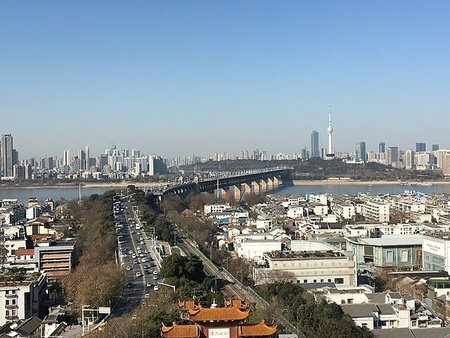
Ezhou
Name
Simplified Chinese: 鄂州
Traditional Chinese: 鄂州
Pronunciation
Mandarin pinyin: è zhōu
Cantonese jyutping: ngok6 zau1
Population
citypopulation.de: 1,130,000
census 2020 (metro): 1,079,353
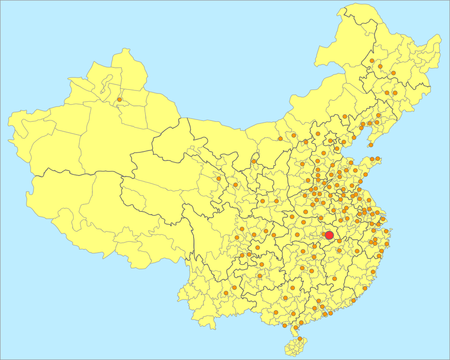
Ezhou gave the name of the province's abbreviation "鄂" (È pronounced like er in English). It is only ~30 km from the outskirt of Wuhan; and together with the adjacent cities of Huanggang and Huangshi, I can expect these to be counted as part of Wuhan in future citypopulation statistics.
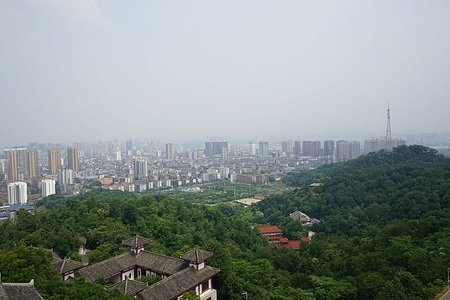
This is a long list of cities and I would not expect any foreigner to know them all, except the important ones such as Wuhan and Zhengzhou (and maybe Luoyang and Kaifeng if you know Chinese history well). These areas are the origin of the Chinese civilisation, and many cities have a very long history (unlike the coastal ones which were built more recently).
I am now halfway and so far described 65 out of 132 cities. In the next blog, I will move east and look at the cities in Anhui and Jiangsu provinces, so stay tuned.

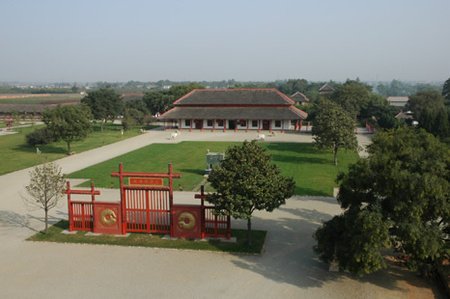
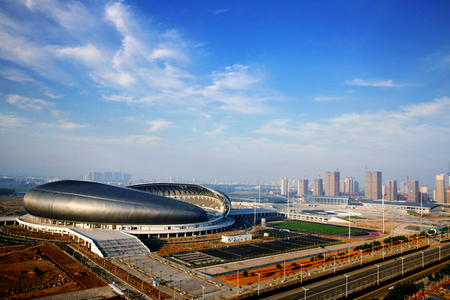
Similarly, many Chinese would only have heard of the smaller English cities because of the Premier League, or the American cities because of the NBA. Otherwise they'd know little to nothing about these either.
Very good continuation btw! I love Chinese concept of “small”...